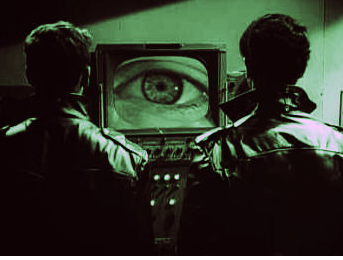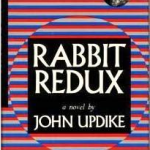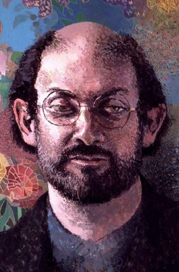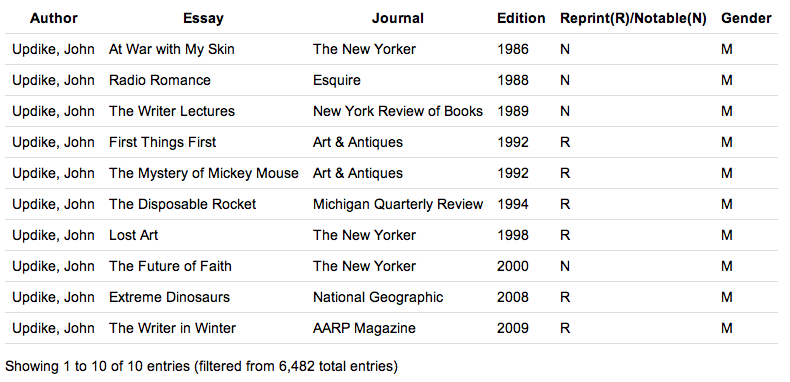Altleft.com, which bills itself tongue-in-cheek as “The left wing of the AltRight,” recently posted a piece by Brandon Adamson titled “An Aversion to Quagmires—A Collective Desertion Toward Our Future.” Though it’s not all about Rabbit, Harry does turn up in a discussion of “Beatnik Fascism”:
“The more idiosyncratic identitarians like myself lead extremely detached lives,” Adamson writes. “Most of us seek a kind of escape from what passes for everyday life for most people. . . .”
“John Updike once claimed in an interview with Penguin Classics that he wrote Rabbit, Run in response to Jack Kerouac’s On the Road. Updike said:
 “Jack Kerouac’s “On the Road” came out in 1957 and, without reading it, I resented its apparent instruction to cut loose; “Rabbit,Run” was meant to be a realistic demonstration of what happens when a young American family man goes on the road – the people left behind get hurt.
“Jack Kerouac’s “On the Road” came out in 1957 and, without reading it, I resented its apparent instruction to cut loose; “Rabbit,Run” was meant to be a realistic demonstration of what happens when a young American family man goes on the road – the people left behind get hurt.
“Yet, despite Updike’s intentions, while reading Rabbit, Run as a young man, I identified much more with the character of Rabbit. Sure, the people he leaves behind do get hurt, but it didn’t appear to me to be any huge loss for the world. After all, his wife was an alcoholic that made him miserable, and his girlfriend was a prostitute, not exactly the type of people you’d feel like he owes some huge commitment to. There are his young children of course (one of which dies as a result of a careless accident committed by the drunken wife). Yet, Rabbit would have been unable to prevent this even if he hadn’t ran out. It would have probably happened anyway while he was busy at work one day, in his totally meaningless sales job that Updike implies should ahve been his duty to remain at. Rabbit meanwhile points out the hypocrisy in all the people who attempt to tell him how to live. ‘Everybody who tells you how to act has whiskey on their breath.’ This is the problem with Updike’s world. He frowns upon the runners, reformers and rockers of the boat for what he perceives as the messes left behind and the plight of the abandoned, the weakening of the church . . . etc., yet beneath the forced facade of cohesion which he insists is imperative that we maintain at all costs, those who look closely still see an outline of the same puddle of puke, obscured only by having been swept partially under the rug.”
Read the entire article.







